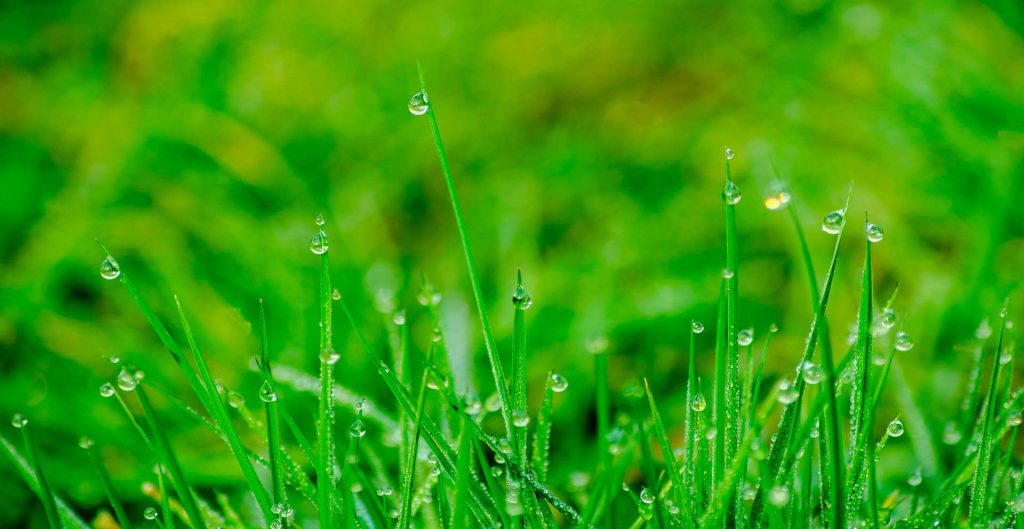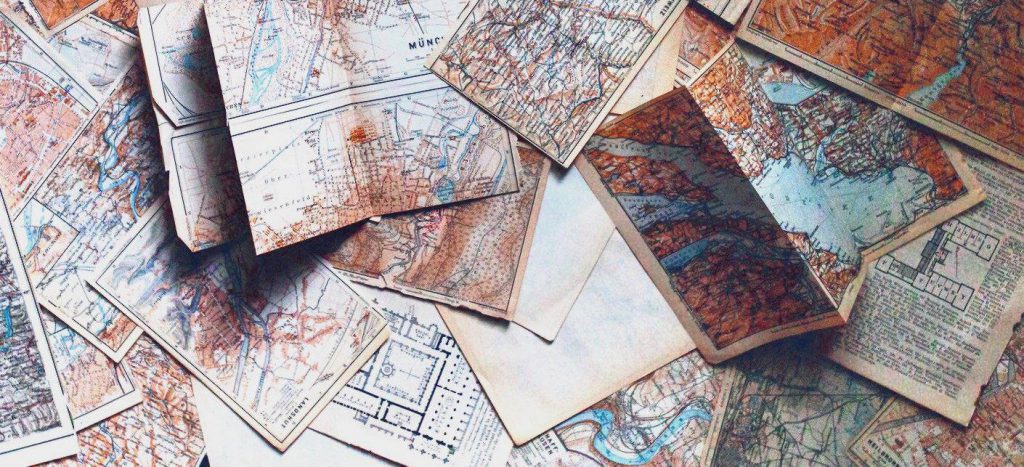Old friends and new technological gardening
 I have a friend who spends whole days working at his garden. He often changes the position of his bushes and stones, sometimes he adds a tree and I don’t know what else. As a gardening-addicted he’s considering to buy some smart soil probes and put them in some strategic spots. He’d love to check them when he is far from his beloved plants.
I have a friend who spends whole days working at his garden. He often changes the position of his bushes and stones, sometimes he adds a tree and I don’t know what else. As a gardening-addicted he’s considering to buy some smart soil probes and put them in some strategic spots. He’d love to check them when he is far from his beloved plants.
Geographical maps are not so detailed for his garden and of course they don’t update at every relocation of his plants. So he needs an approximate drawing of his garden and virtually set the position of his probes on it.
I suggested him to have a look at Sensorbis. He could do all that by uploading a plan of his garden and adding his probes as a federation of devices. Sending data in a simple format, humidity and pH rates can be displayed on the plan in real-time. He could also see a real-time chart or a historical chart of his probes’ data, calculate, for example, an average and also save those data for some nostalgic days.
That’s just a little example of the opportunities offered by IoT systems in gardening or in agriculture.
There are IoT sensors to measure temperature, humidity, wind, rain, sunlight, soil nutrients, plant growth, fruit ripening. Using data collected by those sensors, IoT devices can control automatic irrigation, nutrients feeding, shielding from hailstorms and so on.
Those new technologies allow, for example, to grow plants where water is very scarce, calculating the exact amount needed to save it as much as possible. That is of vital importance for people living in such disadvantaged areas.
And after harvesting, IoT systems are involved in the subsequent phases of processing, preservation and delivery.
IoT systems automate and fine tune many aspect of production, reducing effort, resources usage and energy consumption while increasing yield and quality of the crops.
 An IoT infrastructure is composed of a set devices that could be located in a room, like socket consumption meters, or spread through the planet, like oceanographic buoys. Such devices could also change their location over time, like vehicles.
An IoT infrastructure is composed of a set devices that could be located in a room, like socket consumption meters, or spread through the planet, like oceanographic buoys. Such devices could also change their location over time, like vehicles.